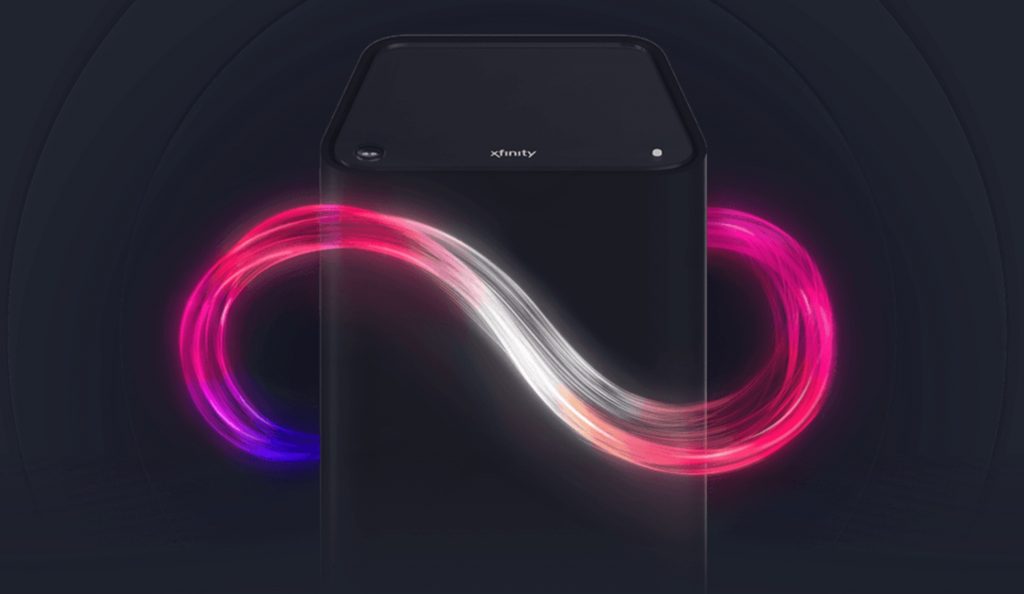
The Coronavirus pandemic changed the way my family and I used our Internet service. Spoilers: Our data use went WAY up.
At first, Xfinity (aka, Comcast) lifted data caps, and that was appreciated. Then in July, they reimposed the data limits, so I had to make some adjustments. I decided to dump my personally owned equipment and adopt the xFi Gateway.
It was impressive. And it was terrible.
Adopting the xFi Gateway
In July 2020, Xfinity announced they would charge for data beyond 1.2 TB each month. And we were definitely using more than that. Xfinity offered Unlimited Data for $30/month with your own equipment or $25/month with xFi Complete that included the xFi Gateway which offered mesh abilities.
I’ve always preferred to own my own modem and router for our Internet service. I can access all the router settings, and I can research how to solve issues when they arise.
But I figured I’d give Xfinity a shot. (Cue the foreboding music here.)

I received the xFi Gateway and deployed it easily. The mobile app really is good. I could label devices and assign them to people in our home. This allowed me to set schedules and even unceremoniously yank a connection when a kid became disrespectful. That said, I never set a schedule or disconnected my offspring.
After a week or so, the gateway’s self-diagnostics qualified me for xFi Pods, the mesh network components. They worked really well, too.
Until…
The Unexplained Blips & Xfinity’s Tech Support
Whether wired and wireless, all connected devices would experience about 3 blips per week. These “blips” weren’t just simple bandwidth congestion where the connection would stutter and recover. These instances were hard connection resets. When a blip occurred while anyone was using Zoom or Microsoft Teams, we were disconnected from the meetings completely, forcing us to connect from scratch. This was not conducive for telework and virtual learning.
I forgave the blips, at first. But they became more frequent. So I started calling Xfinity Internet Support.
It went exactly how you’d expect.
I would describe my issue to the reps. I should have recorded this because I repeated more times that I can count.
In the beginning, the Tier 1 techs would vaguely troubleshoot my gateway and pronounce success. And a few days later, the blips would return.
After calling several times, I started getting more advanced technicians who were more transparent with their troubleshooting. But the results were the same: After a few days, the blips returned.
Then I had the Big Conversation with one of the advanced techs. We discussed and troubleshot many things. And then the conversation abruptly ended with his diagnosis.
He claimed I had too many devices attached to my network, and he suggested that I upgrade to a faster Internet package. And then he essentially stopped listening to me.
I respectfully disagreed with him and explained that my 5-year-old non-mesh router had handled the same number of connected devices (e.g., computers, tablets, phones, IoT devices) without any issues. Unfazed, the tech repeated that I needed faster Internet.
My Solution
If the tech can quit on me, then I could quit on the xFi Gateway. I packed it up and returned it.
I dug out my old modem and reconnected it. I enjoyed the call to Xfinity support so they could recognize the modem’s MAC address. I connected the tried-and-true modem to a new Netgear Orbi mesh network router.
Guess how many blips we’ve had…
Zero. Not a single one.
So this blog post is an ode I wish I could sing outside the home of that dismissive Xfinity support technician.




